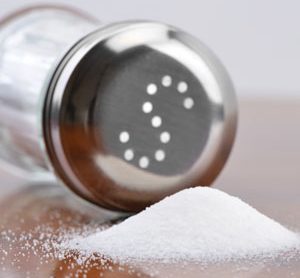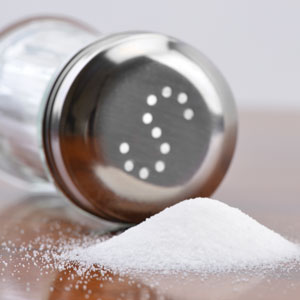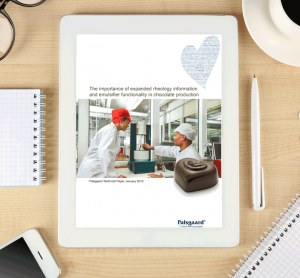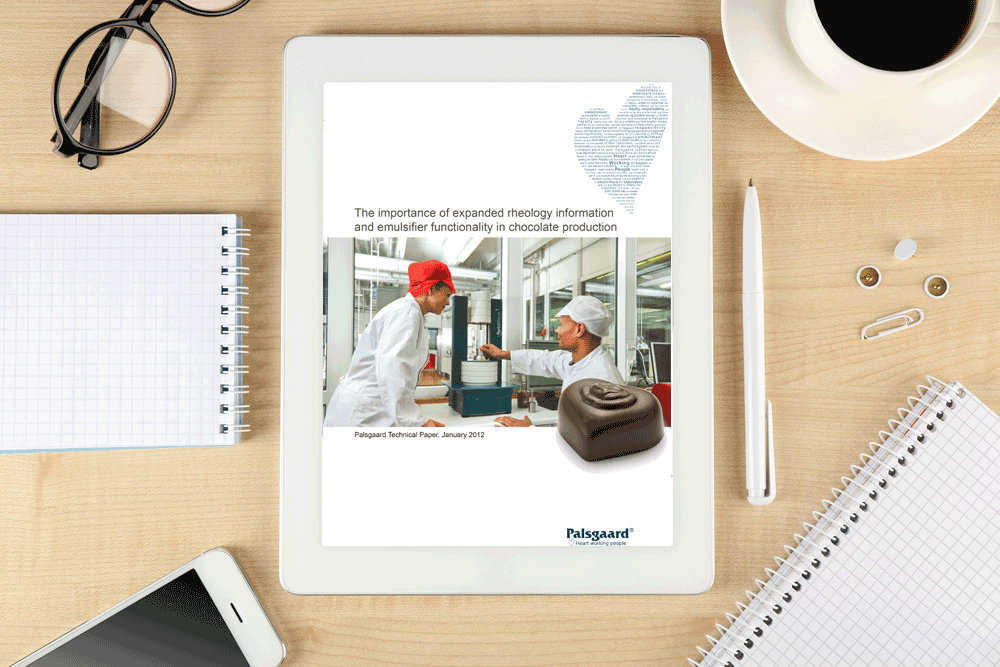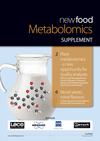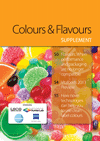Sodium reduction in ready meals
2 January 2014 | By Martin G. Wilkinson, Department of Life Sciences, University of Limerick
Daily salt intake, mainly in the form of sodium chloride, is obtained from either discretionary (salt cellar) or nondiscretionary sources (processed ready meals, snack foods, restaurants and takeaways). Consumers are now obtaining the vast majority, around 75 per cent, of their sodium intake from non-discretionary sources such as ready meals,…



